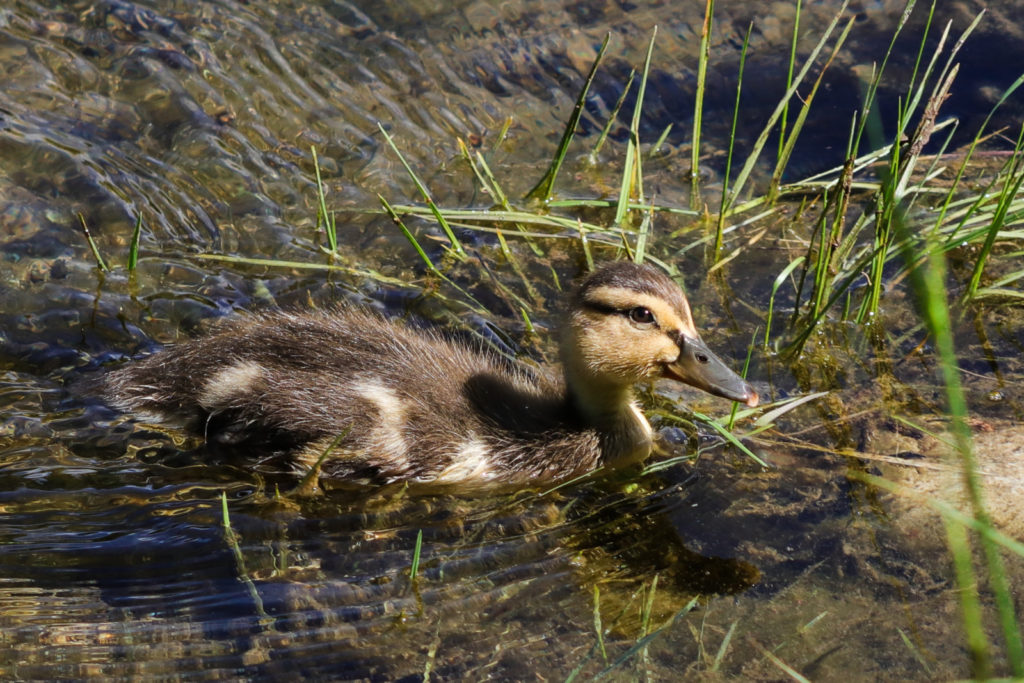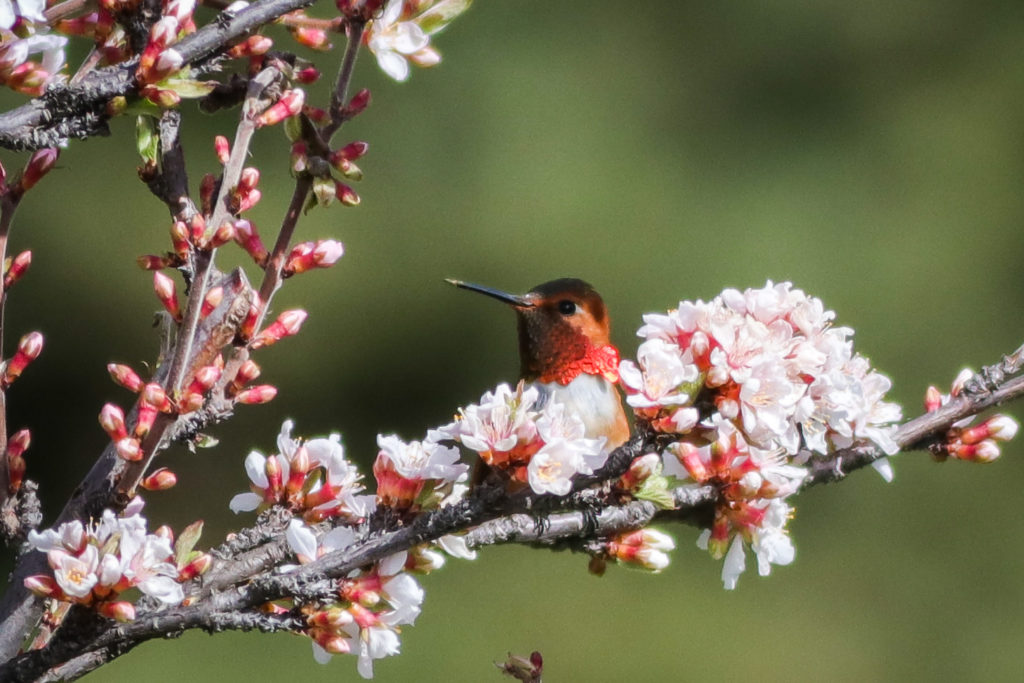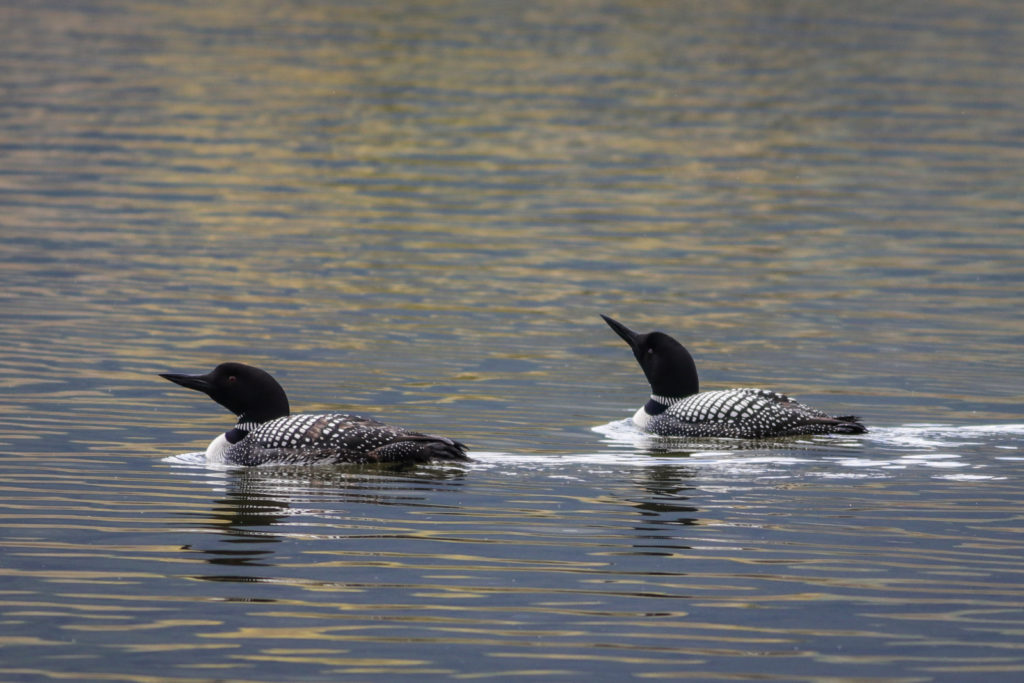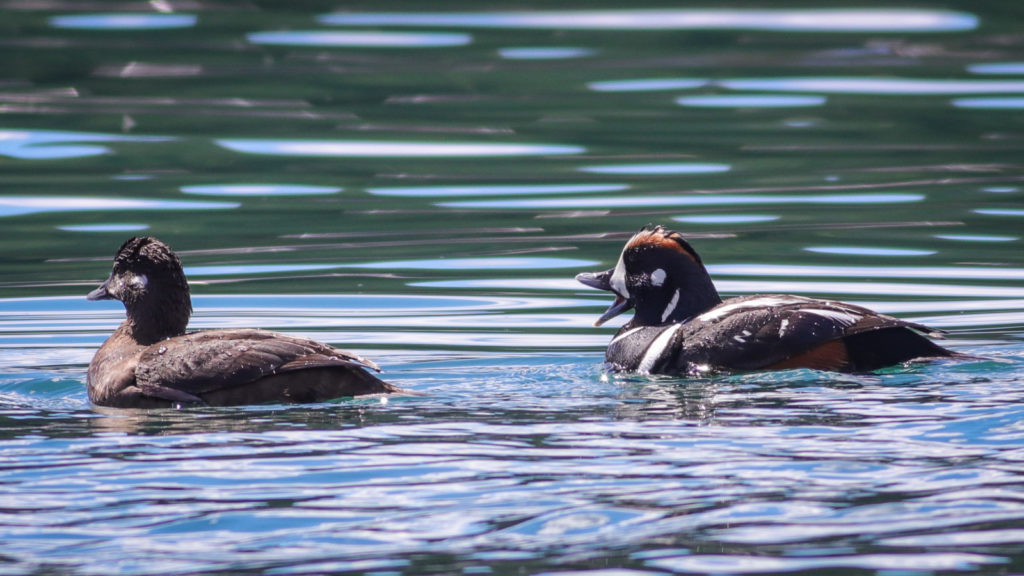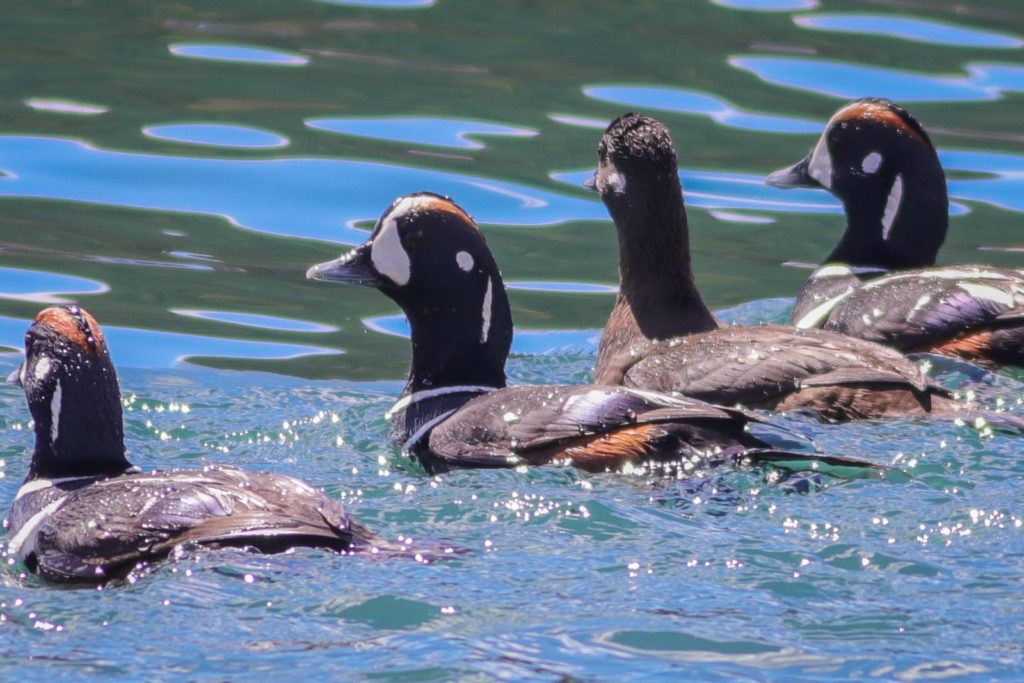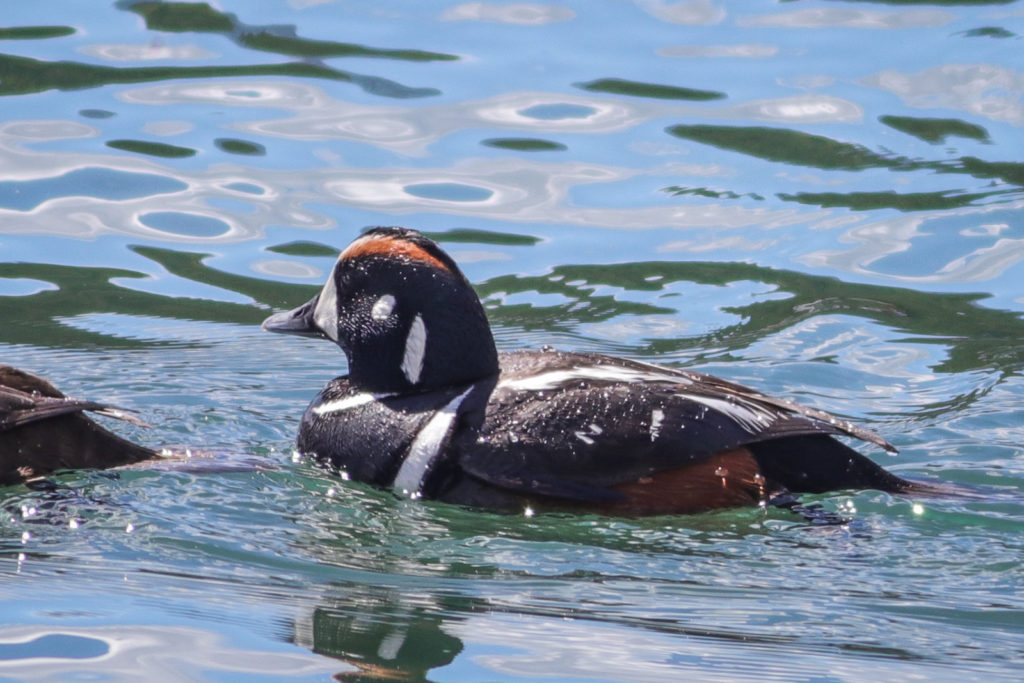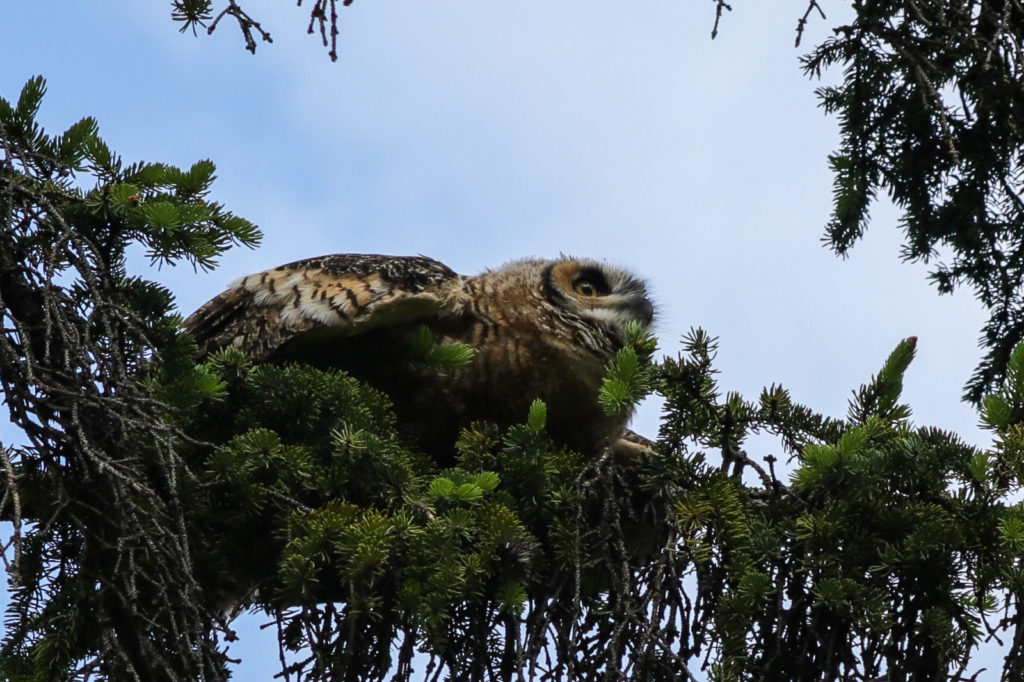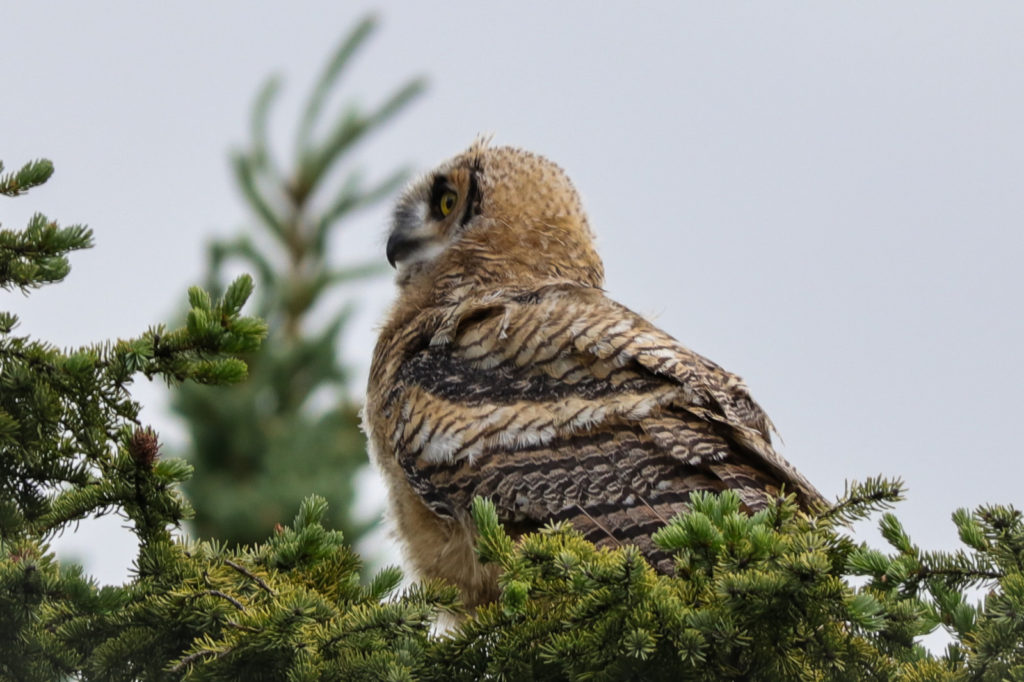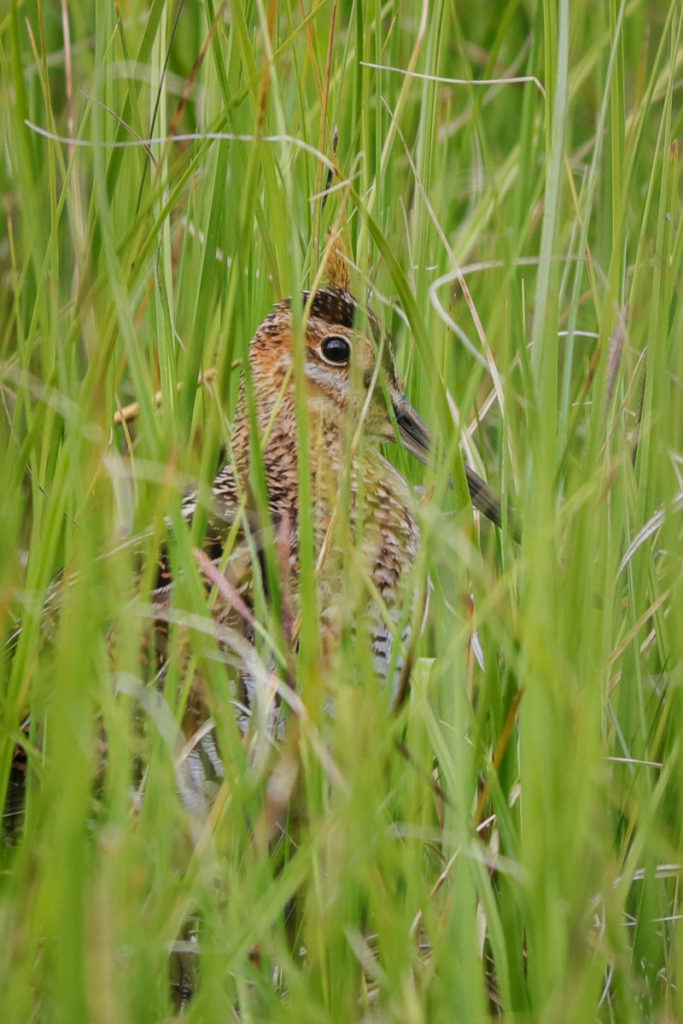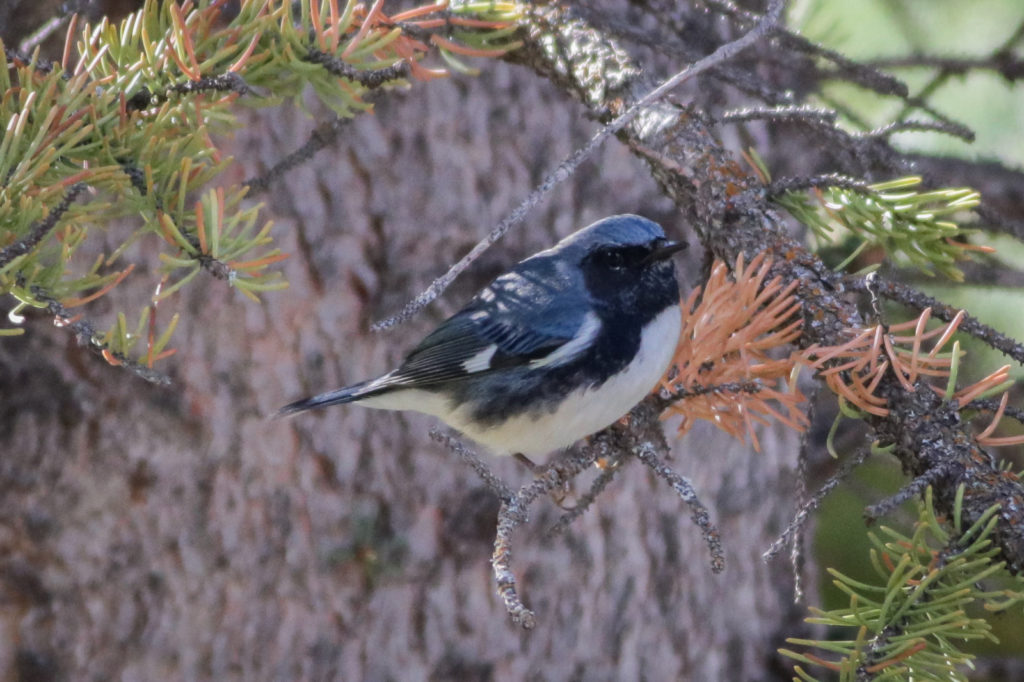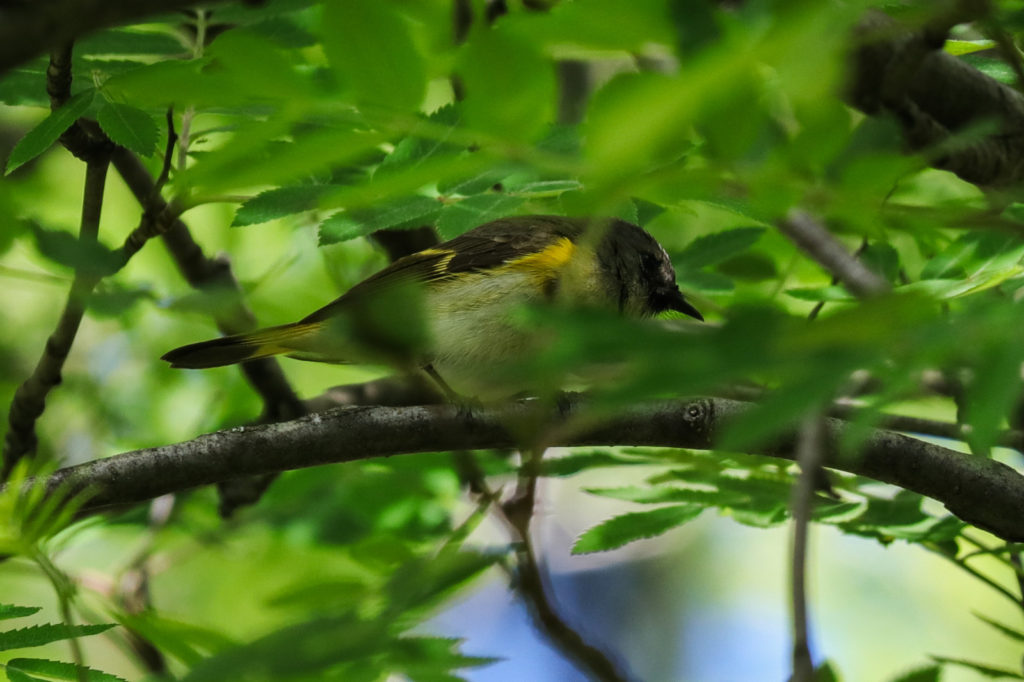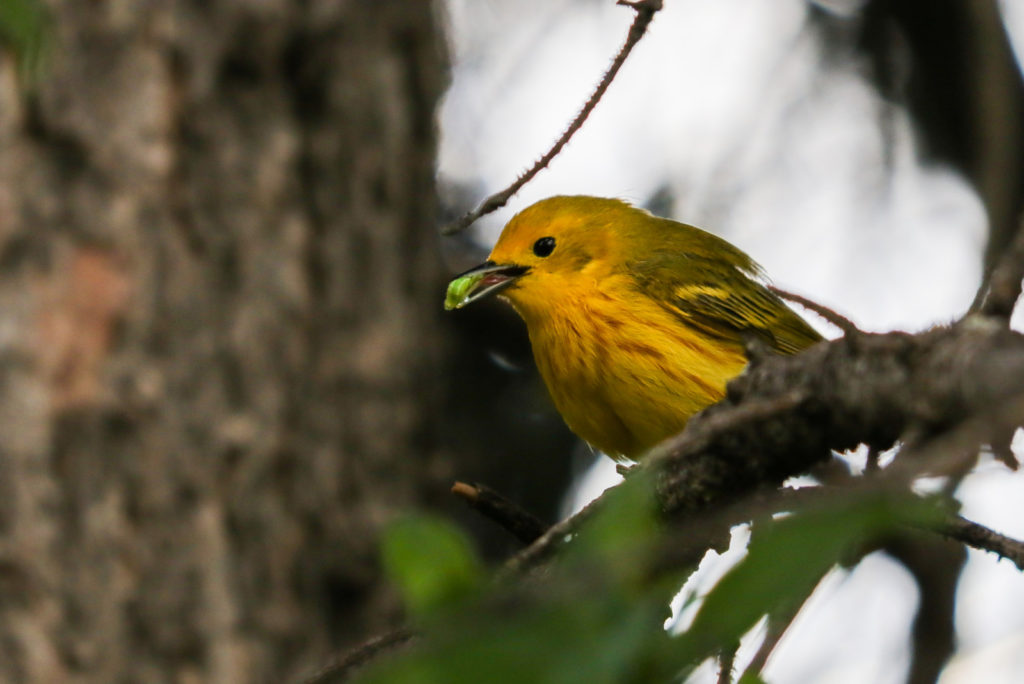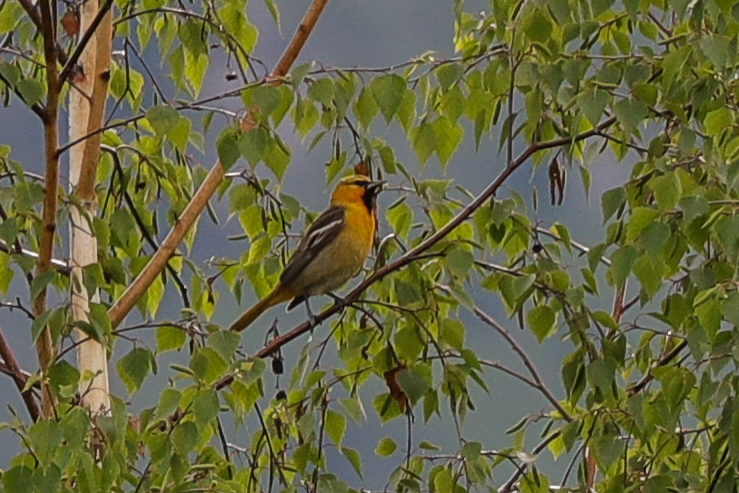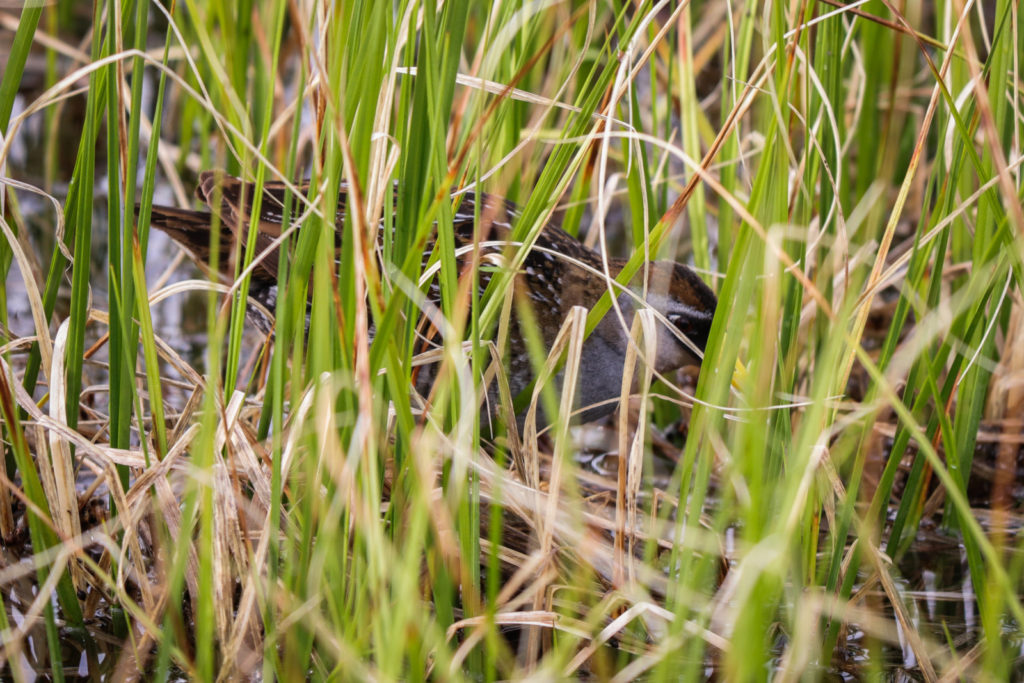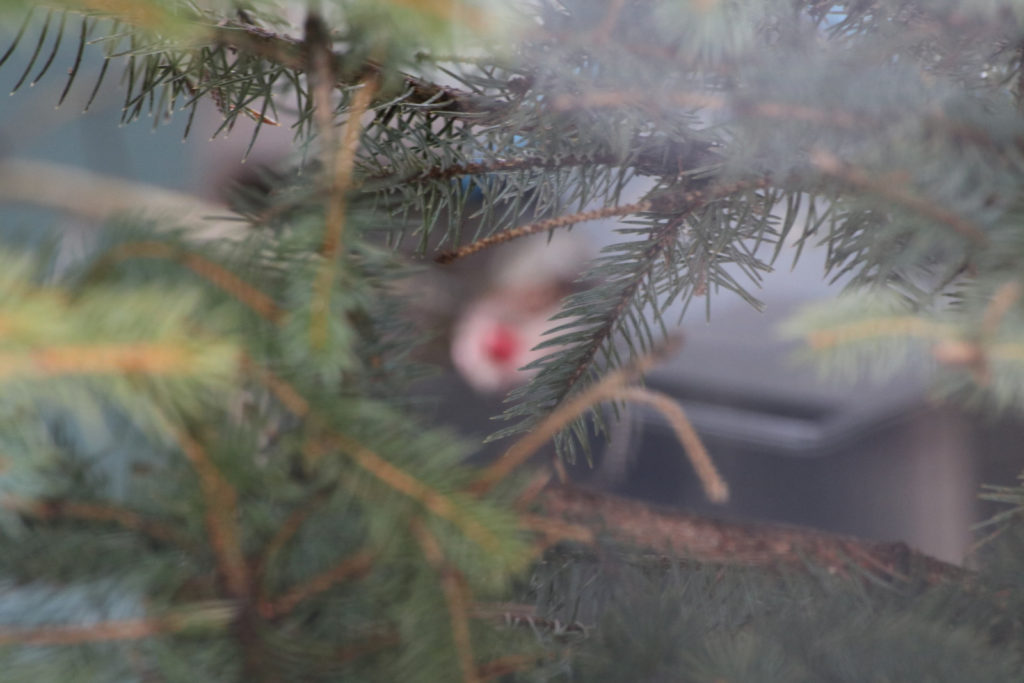Sorry for not posting for a while, I’ve been going through the multiple thousand photos from this trip, in addition to keeping up my birding! This may be a long post, so if you skip through it, I totally understand.
My sister was off to Bible Camp for a week, and my Mum and brother were headed to BC with friends. This left me and my Dad with a week alone, and a steady stream of interesting birds being reported from across the province, mainly in the far South-East. McCown’s and Chestnut-collared Longspurs, Lark Sparrows and Buntings to name a few. Combine the two, and you get a four day birding trip around Alberta with few of the usual hindrances – time being the main one. And so it was that we set out on Monday the 18th of July for the trip of a lifetime.
Our first stop (we hoped) was just outside of Calgary for a Black-headed Grosbeak. This didn’t come off, however, so we birded the area for a while before driving off to Lethbridge. The biggest surprise was the number and boldness of young Soras. Almost 20 foraged alongside Wilson’s Snipe and Black Terns in a small streambed.
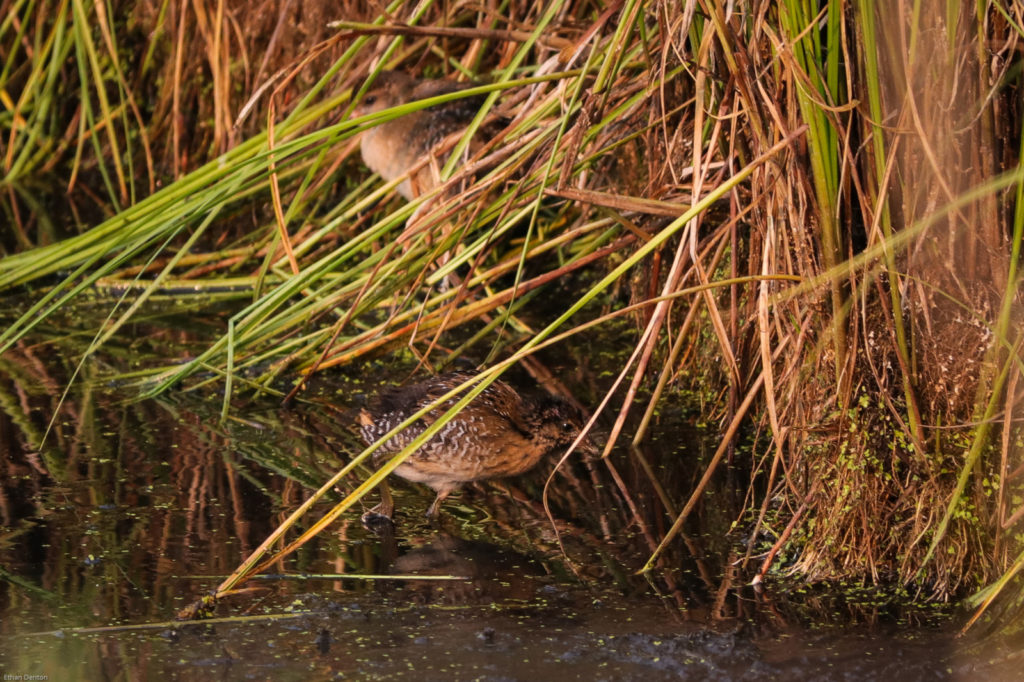
Red-winged Blackbirds were also in full evidence, feeding their young, and filling the reedbeds with their throaty calls.
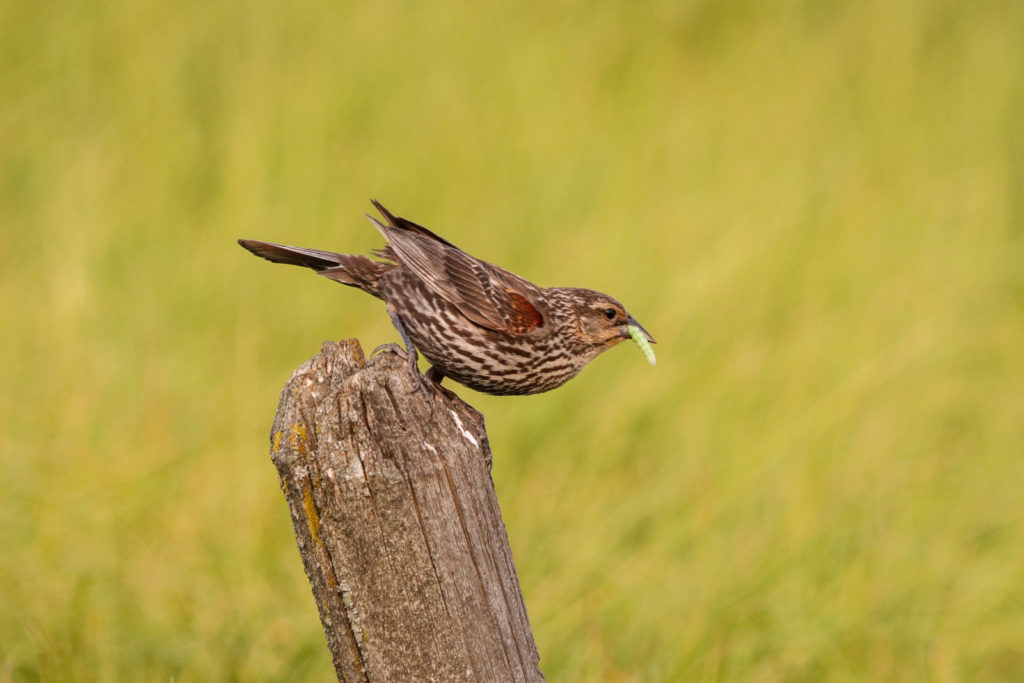
Reaching Lethbridge without trouble, we settled into our motel and fell into a restless sleep (on my part at least). The next day, we rose early and, having filled our go-mugs with the hotel coffee, set out towards Pakowki Lake. Six White-faced Ibis were nice additions on the drive there, but the real highlights came hidden among over 200 Horned Larks – two of the fleeing birds revealed white tails marked by a black triangle – Chestnut-collared Longspurs! Almost at the lake, the cherry on the cake sat 100 metres from a Ferruginous Hawk in the form of a Grasshopper Sparrow. Two lifers already, and it was only ten AM!
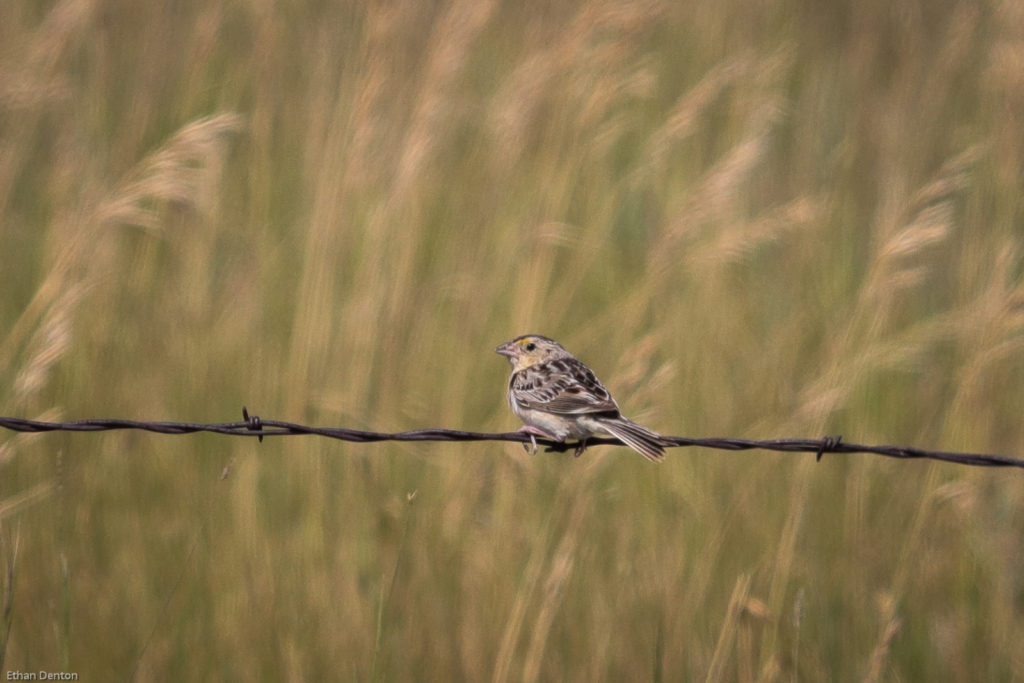
Pakowki Lake was actually pretty bare, with a handful of Willets, some Marbled Godwits and many pairs of Eared Grebes being the most notable species.
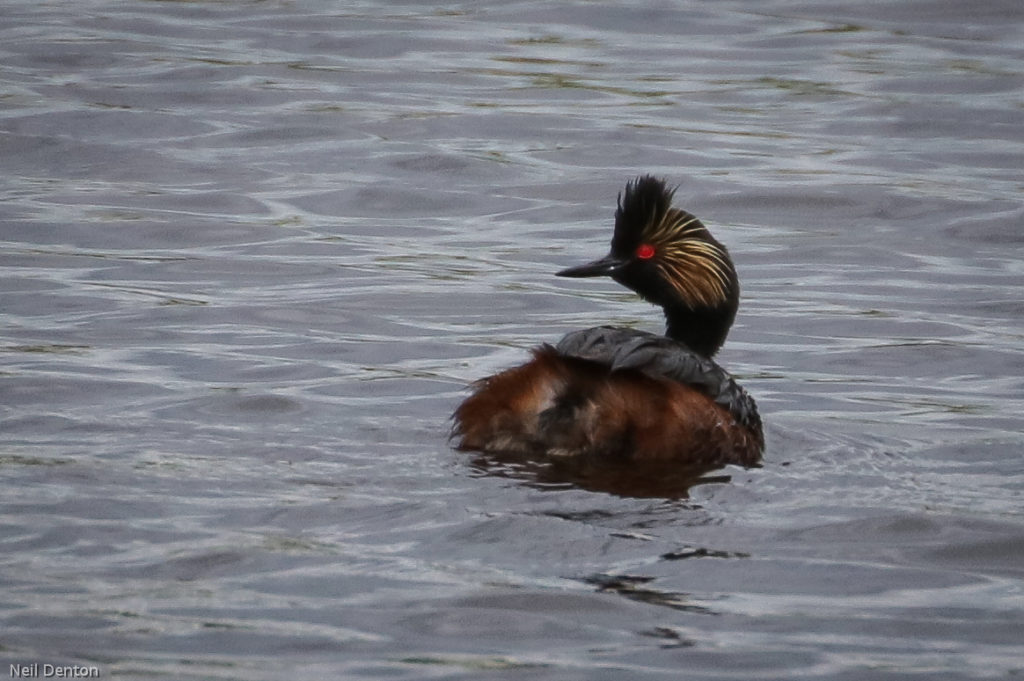
Wandering down a vacant road, we were stopped by an inquisitive rancher who, quite naturally, wanted to know who we were and why we were on his land. As it turned out, we were the second birding car he had met on his way out! We soon caught up to the other vehicle, and had a brief conversation with the owners, who we knew. While we talked, a large flock including Vesper Sparrows, Chestnut-collared Longspurs, and life-birds McCown’s Longspurs engulfed us before continuing their passage down the gravel road.
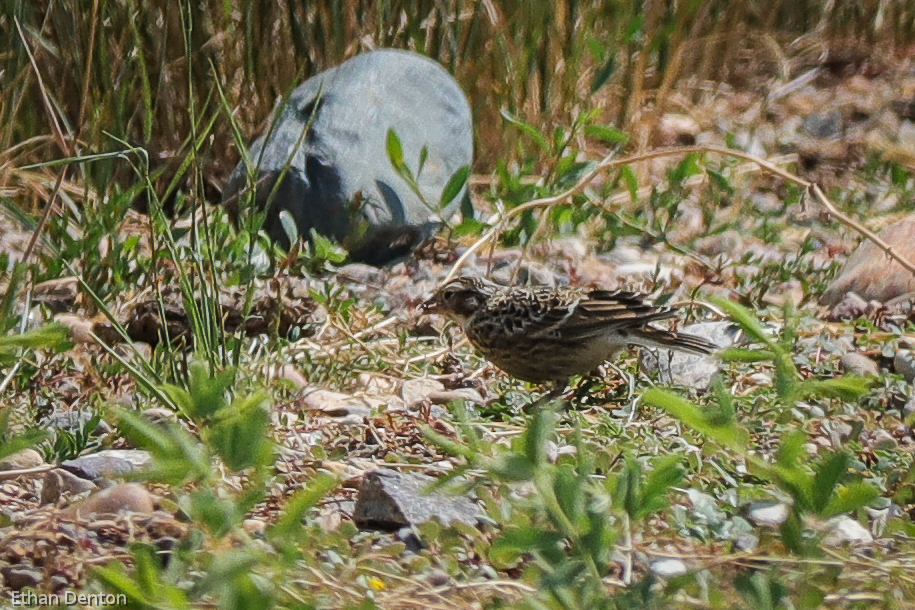
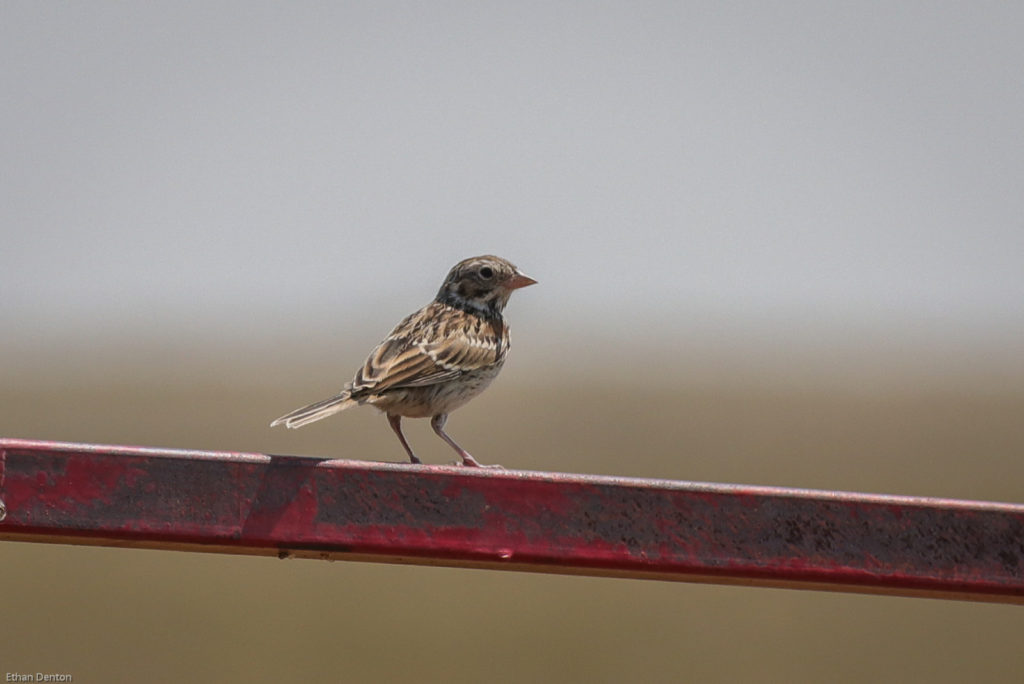
We had just enough time to drive over to Wild Horse (the way border crossing between Alberta and the US) before heading back up to Medicine Hat where we would spend the night. Wild Horse was supposed to be good territory for Lark Buntings, both Longspurs and Baird’s Sparrow. The first thing we saw, however, was a common yet pretty bird with its fledglings. Western Kingbirds!
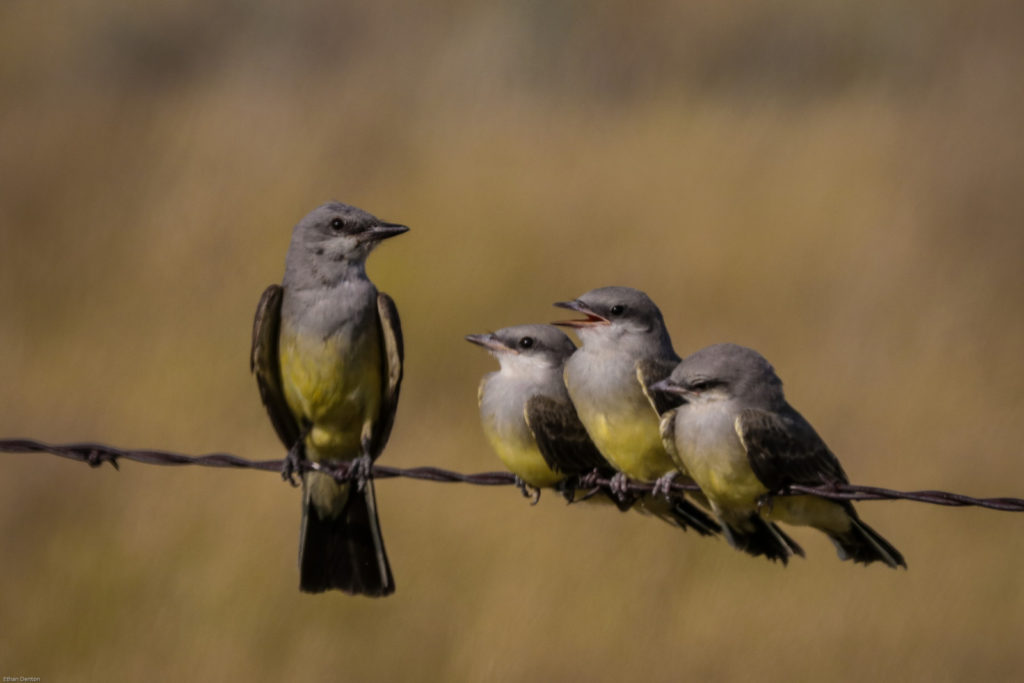
It didn’t take long to find the Lark Buntings – a large flock, perhaps 75 in number fed among the fields near the crossing. Baird’s Sparrow was found by pure chance – we pulled over to photograph a Lark Bunting, and it popped up from the grass right beside us!
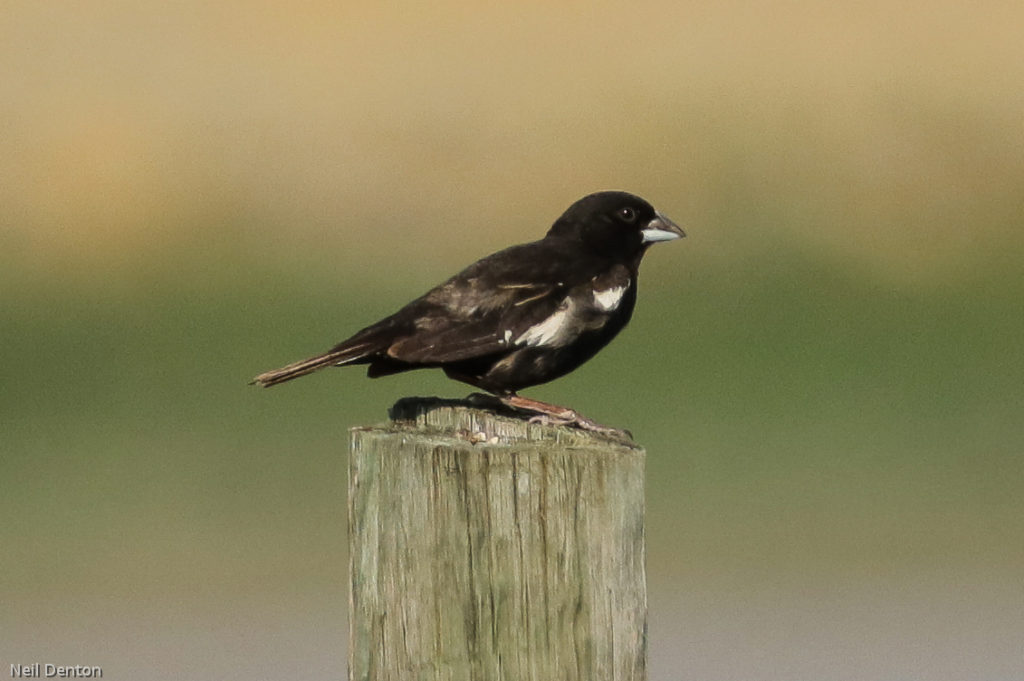
The day was progressing quickly, and we wanted to sleep in Medicine Hat that night, so the car swung into a more heavily populated road (almost six cars every ten minutes – counts as a well-used motor-way down there). Stopping at an almost empty Cypress Hills Provincial Park, we found a young Yellow-bellied Sapsucker, but little else. Immediately afterwards, however… A long-winged, pale shaped bird tossed it’s body across a roadside field, fluttering, first one wing up, then the other. It banked, and there was no doubt about it. A Short-eared Owl!
My nemesis bird, the Short-eared Owl has avoided me on many occasions, sometimes by miles, sometimes by hours. I’ve spent countless fruitless trips at dusk among the Alberta prairies, searching for this elusive bird to no avail. So imagine my surprise when this first amazing discovery was followed by six more – four of them immature!
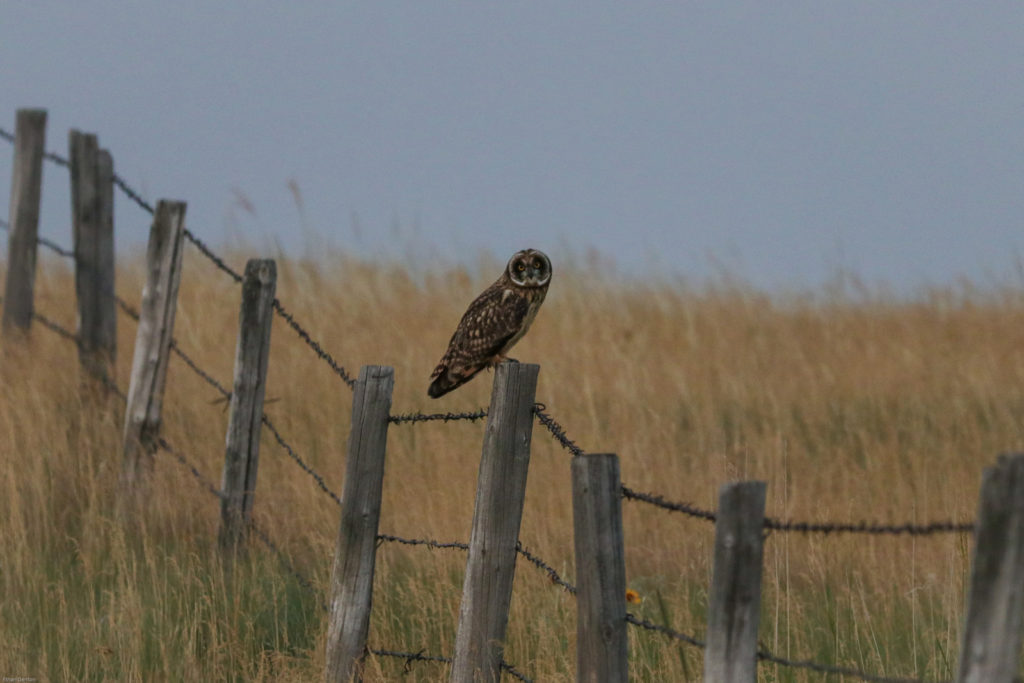
We made it to Medicine Hat in total darkness, and scouted around for a place to sleep for a while before finally crashing into bed. From Medicine Hat, we would continue our journey North, almost reaching Edmonton before dipping back down to Canmore on Thursday night. That part of the trip remains to be chronicled, however, so watch for a second post soon!
